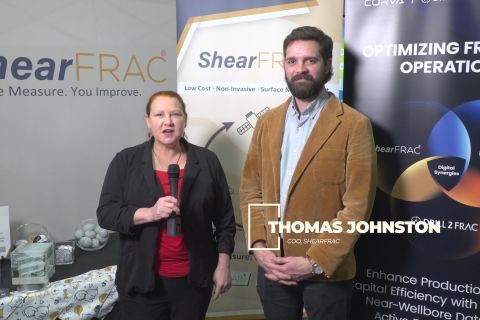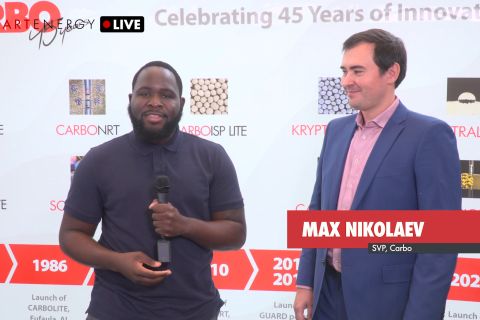DNV GL is leading a Joint Industry Project (JIP) aimed at solving the challenges brought about by sour service fluids from wells and the demands it places on pipeline material.
The major technical and financial challenges this issue causes for pipeline operators, with the fluids able to cause fractures and cracks affecting pipeline performance and reliability, has prompted DNV to launch the JIP in order to develop a methodology to evaluate fractures and cracks using a Single Edge Notched Tensile (SENT) test designed specifically for sour service environments.
With eight participants already on board, DNV says the JIP is still open for new participants. According to the company, a SENT test is designed to simulate loading conditions and crack depths similar to those experienced by pipelines operating under normal conditions.
According to research conducted in DNV’s laboratories, in a sour environment – where fluids such as H2S, H2O and CO2 may be present – results can be highly variable depending on numerous environmental and test parameters. Fracture toughness, for example, tends to decrease with increased H2S concentration (partial pressure of H2S) and decreased loading or strain rate.
Current guidance under DNV-OS-F101 and DNV-RP-F108 does not reflect this, says the company. According to Dr. Jens Petter Tronskar, vice president and chief technology officer of the DNV’s Deepwater Technology Centre in Singapore: “The JIP will involve detailed experiments and analysis to provide a better understanding of the key parameters known to impact fracture toughness test results. This will enable the development of a guideline, which may further develop into a Recommended Practice that will provide significant technical, logistical and financial savings to the industry.”
The JIP is a joint effort between the company’s deepwater centre in Singapore and its laboratories in Singapore and Columbus, and will be run in three phases over a two-year period.
The Columbus laboratory is also carrying out an ongoing JIP to develop best practice guidelines for performing sour service Engineering Critical Assessments (ECA), scheduled for completion in December this year. This JIP includes fatigue crack growth rate and fracture toughness tests conducted in a wide range of sour environments. The findings from the latter study will complement the new JIP to develop a sour service SENT methodology, says DNV.
Recommended Reading
Sinopec Brings West Sichuan Gas Field Onstream
2024-03-14 - The 100 Bcm sour gas onshore field, West Sichuan Gas Field, is expected to produce 2 Bcm per year.
ShearFRAC, Drill2Frac, Corva Collaborating on Fracs
2024-03-05 - Collaboration aims to standardize decision-making for frac operations.
Exclusive: Carbo Sees Strong Future Amid Changing Energy Landscape
2024-03-15 - As Carbo Ceramics celebrates its 45th anniversary as a solutions provider, Senior Vice President Max Nikolaev details the company's five year plan and how it is handling the changing energy landscape in this Hart Energy Exclusive.
The Need for Speed in Oil, Gas Operations
2024-03-22 - NobleAI uses “science-based AI” to improve operator decision making and speed up oil and gas developments.
Chevron Hunts Upside for Oil Recovery, D&C Savings with Permian Pilots
2024-02-06 - New techniques and technologies being piloted by Chevron in the Permian Basin are improving drilling and completed cycle times. Executives at the California-based major hope to eventually improve overall resource recovery from its shale portfolio.





